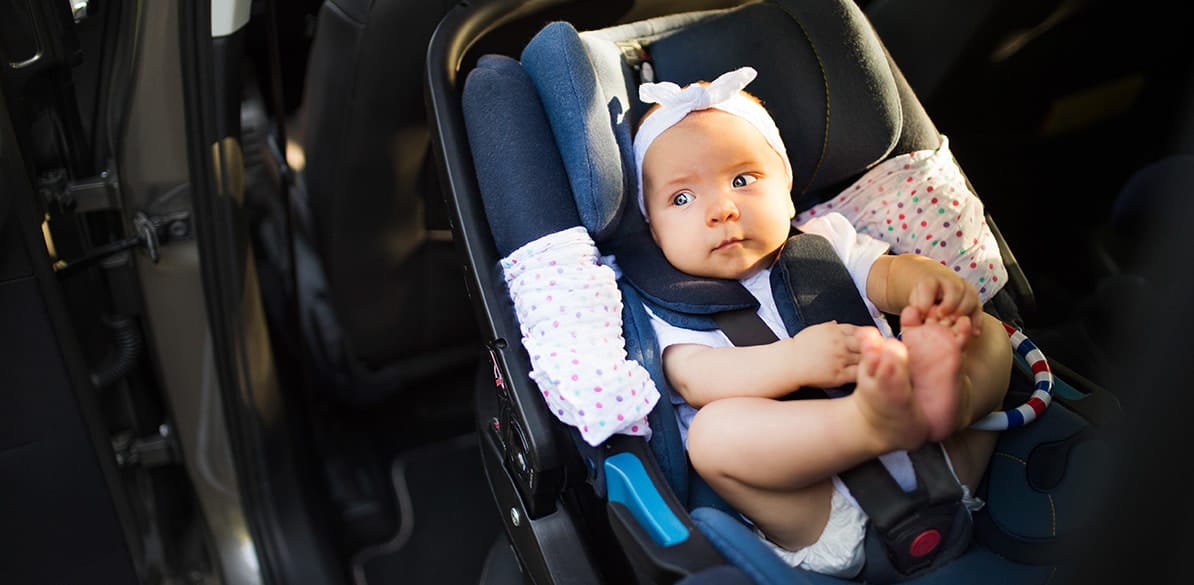Anchors and locks in child restraint systems

It is very important to remember that all children must travel seated in their corresponding CRS, suited to their physical characteristics, and that with only a few exceptions children under 18 who are 135 cm tall or smaller must travel in the rear seats.
Child Restraint Systems by groups and their anchors and locks
The traditional classification of Child Restraint Systems divides them into four main groups, from Group 0 through Groups I and II, and finally Group III, or booster cushions. As we know, in addition to Group 0 child seats there is also a Group 0+, which are seats designed to be positioned facing backwards, with five-point harnesses to hold the baby. Group 0 are known as carrycots and generally offer less protection than Group 0+, except in the case of babies with special needs.
If you look at the anchors for CRS, there are two options: using the seat belt to hold the child seat in place, or using the ISOFIX systgem. An approved child seat is perfectly safe if it is properly secured by the seat belt, but the disadvantage of this method is that it is easy to make a mistake when fitting the CRS: it is possible to leave some slack or use the pins wrongly.
With the ISOFIX anchoring system, these mistakes cannot be made, and therefore it is arguably a safer system for that reason. The ISOFIX system has three attachment points to the car: two steel supports attached to the frame of the car, which appear through holes in the seat, and a third component that can be in one of two positions: top or bottom.
The top one is called the Top Tether and consists of a hook with a cable that passes over the back of the car seat, under the headrest, and goes down behind the backrest, inside the trunk, to be attached to a hook.
The lower one consists of a support foot that comes out of the bottom of the seat and adjusts so it is perfectly propped up on the floor of the car.
Regarding the locks of the different CRS, there are two types: on the one hand, the five point harness that protects babies in Groups 0+ and I; and the seat belt that protects children in Groups II and III.
Newly-approved CRS: Regulation 129
As explained in the article “I-Size is the new norm for child seats, and this is what changes” from the Circula Seguro website, and in our article ‘Advantages of the i-Size child seats’, until 2025 the two approved versions of Child Restraint systems will coexist: Regulation 44.04, the traditional regulation, and Regulation 129.03, which is popularly known as i-Size. This new standard aims to minimize the chances of wrongly positioning the seat, because these seats will be compatible with the ISOFIX system and cannot be anchored by means of the seat belt. This considerably reduces the chances of affixing the CRS badly.
In addition to this, the new CRS have to pass side impact tests and it is mandatory for children up to 15 months of age to travel facing backwards to increase their safety in the event of a collision. The choice of child seats is based on age and height and not weight.
